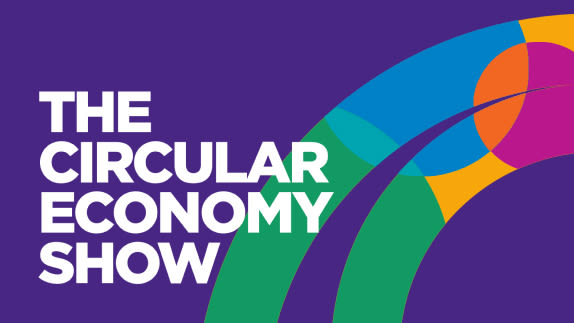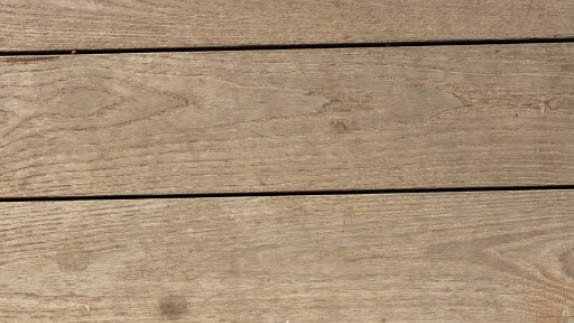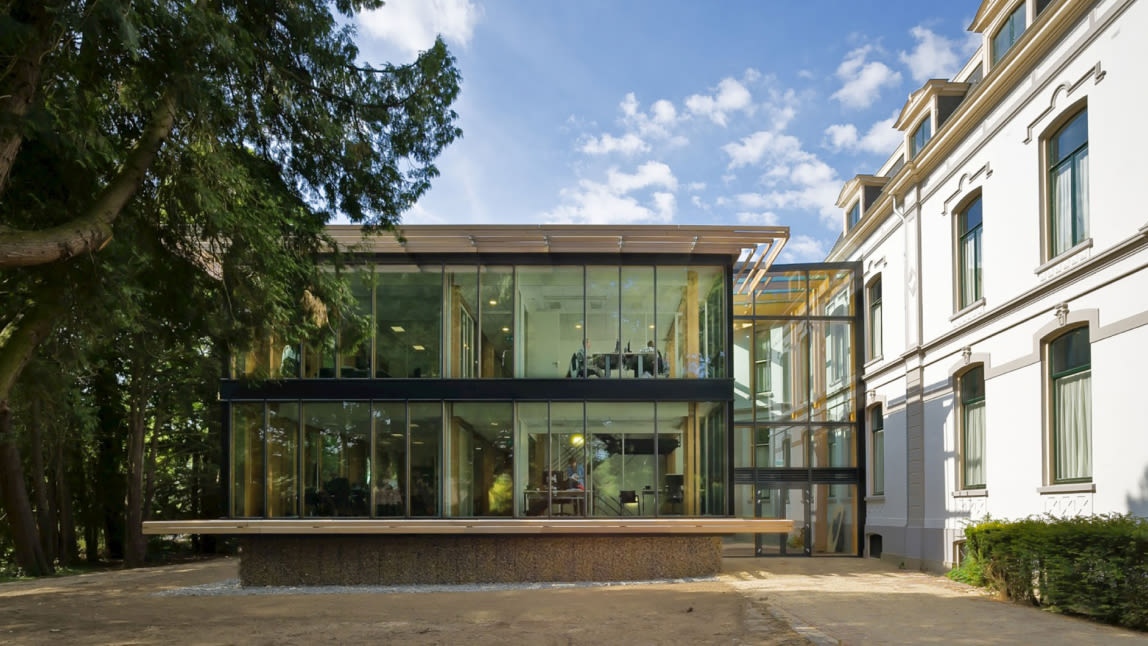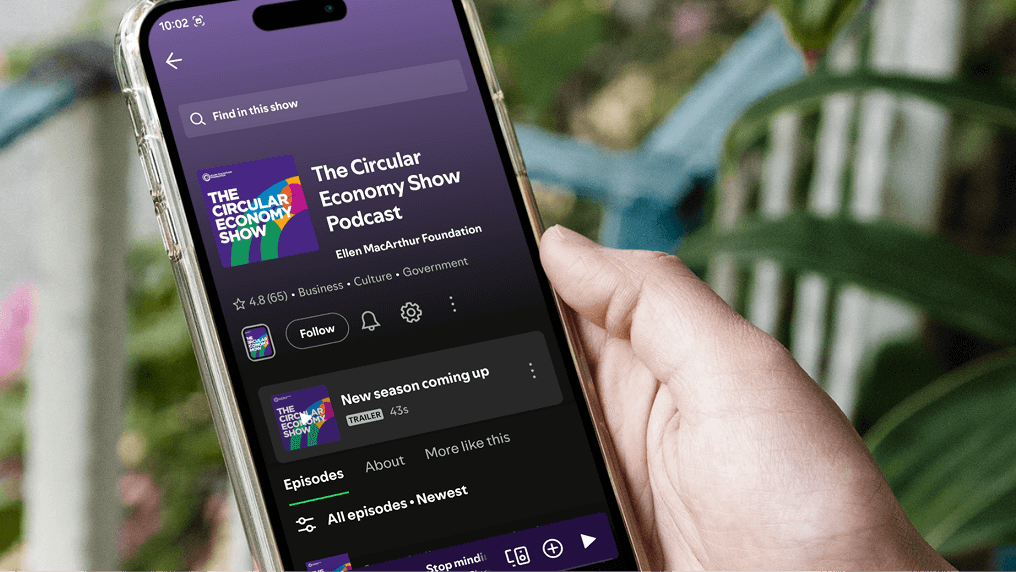In this week’s bite-sized episode we hear from Michael Pawlyn, known for his work in biomimetic architecture and innovation. Michael uses nature-inspired design to create fundamentally different results for business, people and the environment in spaces and buildings.
Listen on Spotify, Apple Podcasts, or wherever you get your podcast
Useful links:
Transcript
Finley Phillips 0:03
Welcome to the Circular Economy Show Podcast published by the Ellen MacArthur Foundation. And welcome back to this series where we're bringing you digestible inspiration from thought leaders on how a circular economy can regenerate nature by design. My name is Fin, I’m part of the team here at the Foundation and I'm your host for this series. In our first episode, we heard from Kate Raworth on doughnut economics - the idea that we need to rethink our economics to ensure that no one falls short of life’s essentials without overshooting the boundaries of our environment. In today's episode, we'll hear from Michael Pawlyn, who applies nature inspired design to create fundamentally different results for business, people and the environment in spaces like our buildings. Let's find out more from Michael himself.
Michael Pawlyn 0:52
I like obsessive clients, they did not have a single skip on this site, they carefully dismantled the buildings on site and reused every single bit in making the foundations and then everything above ground level is timber. There are no paints or finishes at all, no toxins. And he wants to go even further and scale this up. So that's what we're working on. And there's an idea that we're playing about with based on bird skulls. So this is a 3D printed model that we made of a section through a bird skull. And bird skulls are absolutely phenomenal, because there's been this really strong selective pressure on lightness. And so what you get is these incredibly thin layers of bone, like shells, and then they're connected together with struts and ties. So it's like a combination of dome technology and space frame technology, all in a humble garden bird. And it's an example of what biology does brilliantly. Complex structures that achieve phenomenal efficiency by putting the material in exactly the same place. And that's why 3D printing and 3D manufacturing could be a real breakthrough for this because previously, this would have always been more expensive, because it's more complicated. Now, it could turn out cheaper, because you can use far less material. So what we're proposing is an idea from this combined with biomes mycelium insulation. And the idea is to make a plywood panel, incredibly thin bits of ply, with these little struts in between and then we can fill that with the mycelium insulation. It all binds together in an extremely strong way using an absolute minimum of materials. So, why is this significant? Well, I think the ideal would be that we could build houses, just with the materials that exist on site, partly as a way of saving materials, but also to reconnect with the place. And that would allow us to build in a way that takes carbon out of the atmosphere, and to assemble materials in the right way so that we can achieve near perfect circularity. And to draw to a conclusion now, I've been a little bit irreverent. So I'm going to finish with a note of sincerity. I think that there's a growing group of change agents now who are really starting to hear what Janine (Benyus) said 25 years ago. The urgent task for humanity is to integrate everything we do into the web of life. And given that challenge, you know, there's no better source of ideas than life itself, to show us how we can do this. And that's why biomimicry is such a powerful combination. It's a combination of humans' capacity for invention ab initio, and out of thin air, we're able to think of things and we can combine that with the most amazing sourcebook of solutions in biology. It really is 3.8 billion years of research and development. 3.8 billion years of brilliant solutions. Illuminated by previously unparalleled scientific knowledge facilitated by previously unimaginable design tools. We have never had such an opportunity to rethink and design solutions fit for the next billion years.
Finley Phillips 4:26
Thank you for listening to this episode of the podcast. If you enjoyed it then please do subscribe to the Circular Economy Show Podcast wherever you listen to your podcasts. We’ll speak to you next time.
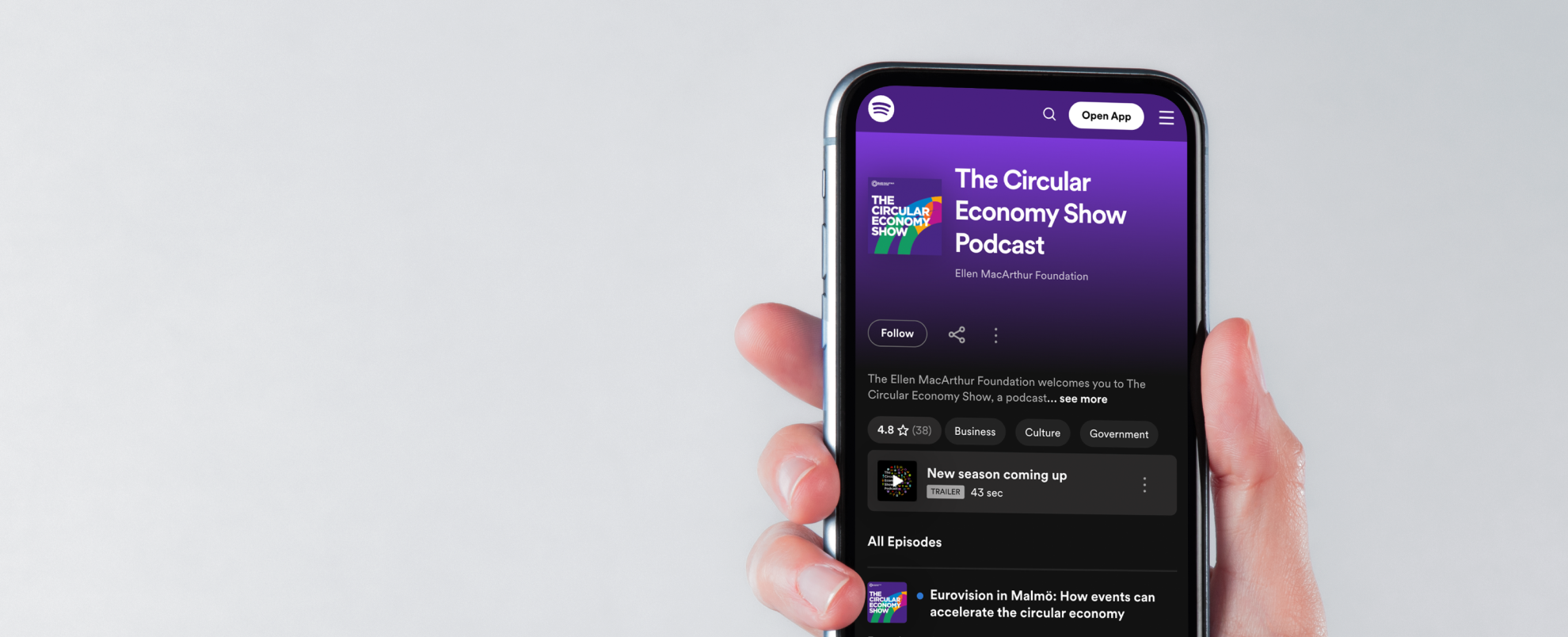
The Circular Economy Show Podcast
The Circular Economy Show Podcast explores the many dimensions of what a circular economy means, and meets the people making it happen. Each week our hosts are joined by experts from across industry, governments and academia to learn more about how the circular economy is being developed and scaled.

